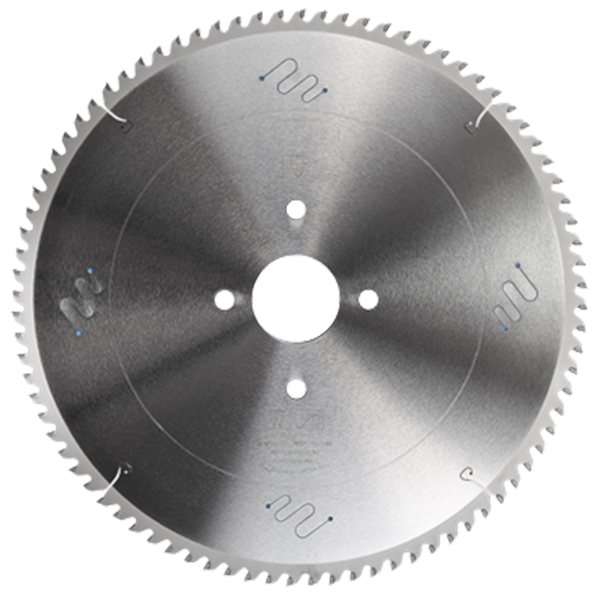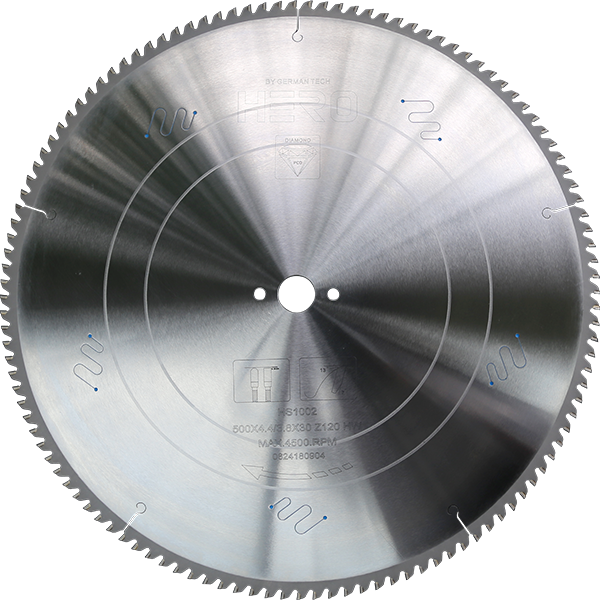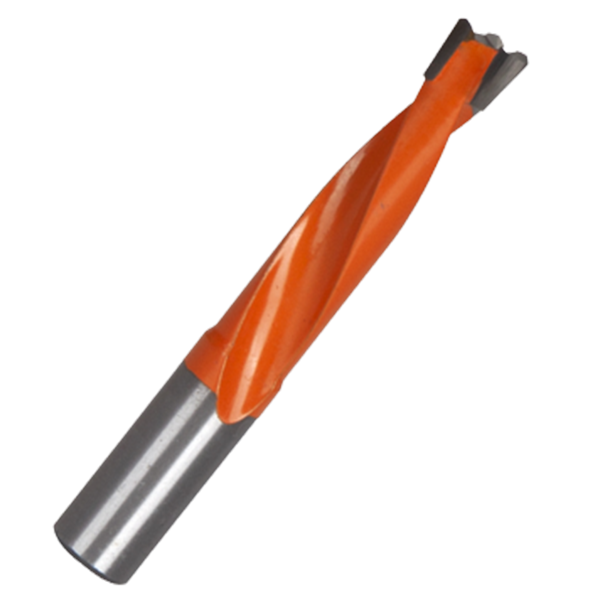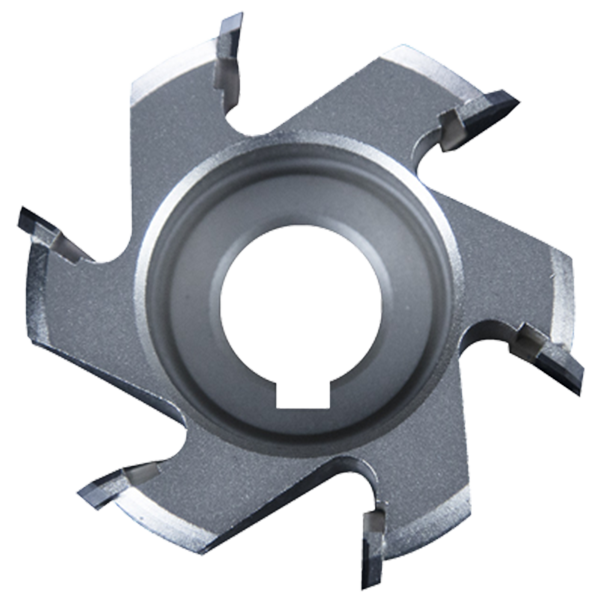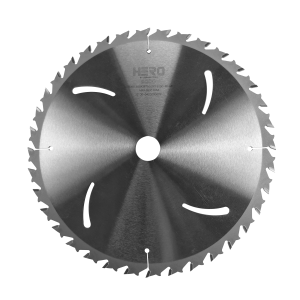How to prevent tear out on table saw?
Splintering is a common problem experienced by woodworkers of all skill levels. It is most likely to occur when cutting wood, wherever the teeth come out of the wood. The faster the cut, the larger the teeth, the duller the teeth and the more perpendicular the teeth are to the surface, the more splintering you’re going to experience.
Why Does Splintering Occur?
First and foremost, it’s important you have an idea of where the splintering is most likely to occur as you use your saws. With a hand saw, radial arm saw or table saw, the splinters are going to be on the bottom of the wood. With a portable circular saw or a sliding miter box, however, the splinters are going to be on the top of the wood.
Any time you’re working with round saw blades, the angle at which the blade emerges from the wood is also going to be an important consideration. If you have a circular saw on which you’ve set the shoe to its maximum depth, you’ll get more splintering than if you set it so it just barely cuts through the wood. This is because the angle at which the blade emerges will be lower when you’re just barely past the curve of the blade. You can also help yourself by taking the cut slow and making sure you only work with sharp blades.
Preventing the Splinters
One method people commonly use to reduce tear-out is to apply masking tape to the cut and then cut right through that tape. This helps because the tape fibers in the area are giving some extra support to the wood fibers being cut by the blade. Just make sure you’re not using any kind of tape that will leave a glue residue behind, or it could have a negative effect on your finish.
Another common method is to use a sharp knife to score the cut line before you start sawing. This will help you remove some of the fibers that would have splintered before you actually begin the process. You can then saw right up next to the cut without actually hitting the cut or crossing over to the other side.
While there’s still a good chance you will create some splinters using this technique, the degree to which you do will be much less, and the ones you do create will break off at the cut line.
In the process of wood and board processing, the problems of board tearing and saw marks are important factors affecting the cutting quality. These problems not only reduce the processing effect, but also may lead to material waste and increased production costs. This article will discuss in detail the common causes of board tearing and saw marks, and provide some effective solutions to help you avoid these problems in actual operation.
Common causes of board tearing and saw marks
1. The saw blade speed is too high
The speed of the saw blade has a direct impact on the cutting effect. If the saw blade speed is too high, the contact time between the teeth and the material during the cutting process is reduced, which is easy to cause material tearing and obvious saw marks. High speed will increase the heat accumulation of cutting, causing burns or tears on the surface of the material.
Solution:
Adjust the speed of the saw blade to a reasonable range. Generally, the appropriate speed should be selected according to the type and thickness of the material.
When cutting hard materials, reduce the speed appropriately to reduce heat accumulation and material damage.
2. Flange damage
The flange is used to fix the saw blade to ensure that the saw blade remains stable during the cutting process. If the flange is damaged or worn, the saw blade cannot be effectively fixed, causing the saw blade to deviate and vibrate during cutting, which can easily cause the cutting board to tear and saw marks.
Solution:
Check and replace the flange regularly to ensure that it is in good condition.
Use high-quality flanges to ensure the stability and accuracy of the saw blade.
3. Deformation of the saw blade steel plate
The flatness of the saw blade steel plate directly affects the cutting effect. Deformation of the steel plate will cause the saw blade to shake and deviate when rotating at high speed, resulting in saw marks and cutting board tearing. Deformed saw blades cannot maintain a consistent cutting trajectory, affecting the stability and accuracy of cutting.
Solution:
Choose high-quality saw blades to ensure that their steel plates are flat and not deformed.
If you encounter a deformed saw blade, replace or repair it in time to avoid affecting the cutting quality.
4. Uneven tooth height
The height of the saw blade teeth must be consistent to ensure a uniform and smooth cutting effect. If the height of a certain tooth is too high or too low, it will cause uneven force during the cutting process, which is easy to cause saw marks and material tearing. Uneven tooth height is usually caused by the saw blade being bumped or hit during installation or use, resulting in damage or deformation of individual teeth.
Solution:
Check the height of the saw blade teeth regularly, and grind them in time if uneven to ensure the uniform height of the teeth.
When installing and using the saw blade, pay attention to the operation to avoid bumps and collisions.
The impact of cutting material quality on the saw blade
5. Cutting inferior boards
Inferior boards usually contain more impurities, such as scars, nails, etc. These impurities will cause serious wear and damage to the saw blade, increasing the chance of tearing and saw marks on the cutting board. Especially when cutting materials with hard scars, the saw blade is subjected to greater impact force, which can easily cause the teeth to break or wear.
Solution:
Try to choose high-quality boards to reduce the damage of impurities to the saw blade.
During the cutting process, carefully check the board to avoid hitting nails or scars during cutting.
Effective solutions to tearing and saw marks on the cutting board
6. Regular maintenance and care of the saw blade
Sharpening the teeth: Grind the saw blade regularly to maintain the sharpness and consistency of the teeth and ensure good cutting results.
Check the status of the saw blade: Check the status of the saw blade regularly, including the flatness of the steel plate, the height of the teeth and the condition of the flange, and perform maintenance and replacement in time.
7. Adjust cutting parameters
Reasonably adjust the speed: According to the type and thickness of the material, choose the appropriate saw blade speed to avoid too high or too low speed affecting the cutting effect.
Control the feed speed: Maintain an appropriate feed speed to avoid too fast or too slow, and ensure that the saw blade runs stably during the cutting process.
8. Choose a suitable saw blade
High-quality saw blade: Choose a high-quality saw blade suitable for cutting specific materials to ensure that it has good cutting performance and durability.
Targeted tools: Choose the appropriate saw blade type according to the cutting needs, such as high-speed steel saw blades, carbide saw blades, etc., to meet the cutting requirements of different materials.
The problems of tearing and saw marks on the cutting board have a significant impact on the processing quality, but these problems can be effectively avoided by reasonably adjusting the use parameters of the saw blade, regular maintenance and choosing the right saw blade. I hope the above suggestions can help you better control the use status of the saw blade in actual operation and improve cutting quality and production efficiency.
Post time: Aug-22-2024

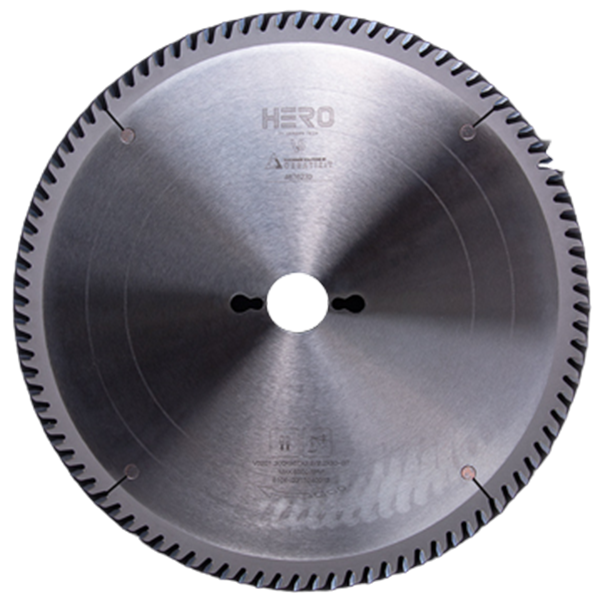 TCT Saw Blade
TCT Saw Blade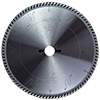 HERO Sizing Saw Blade
HERO Sizing Saw Blade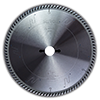 HERO Panel Sizing Saw
HERO Panel Sizing Saw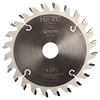 HERO Scoring Saw Blade
HERO Scoring Saw Blade HERO Solid Wood Saw Blade
HERO Solid Wood Saw Blade HERO Aluminum Saw
HERO Aluminum Saw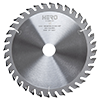 Grooving Saw
Grooving Saw Steel Profile Saw
Steel Profile Saw Edge Bander Saw
Edge Bander Saw Acrylic Saw
Acrylic Saw PCD Saw Blade
PCD Saw Blade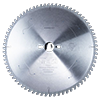 PCD Sizing Saw Blade
PCD Sizing Saw Blade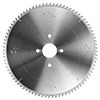 PCD Panel Sizing Saw
PCD Panel Sizing Saw PCD Scoring Saw Blade
PCD Scoring Saw Blade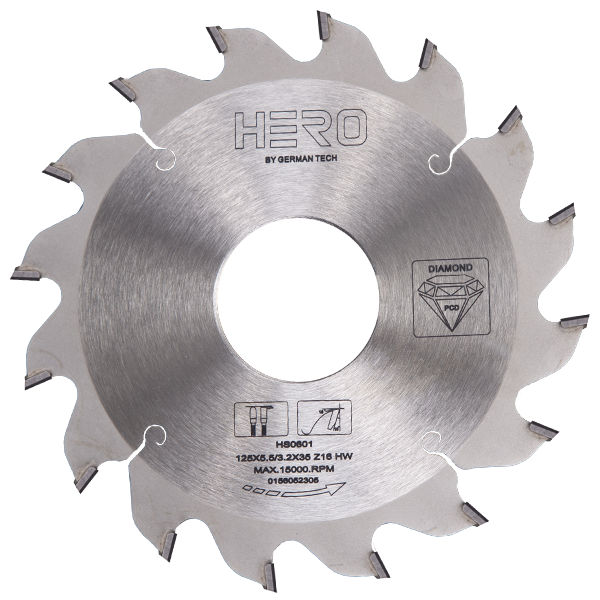 PCD Grooving Saw
PCD Grooving Saw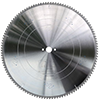 PCD Aluminum Saw
PCD Aluminum Saw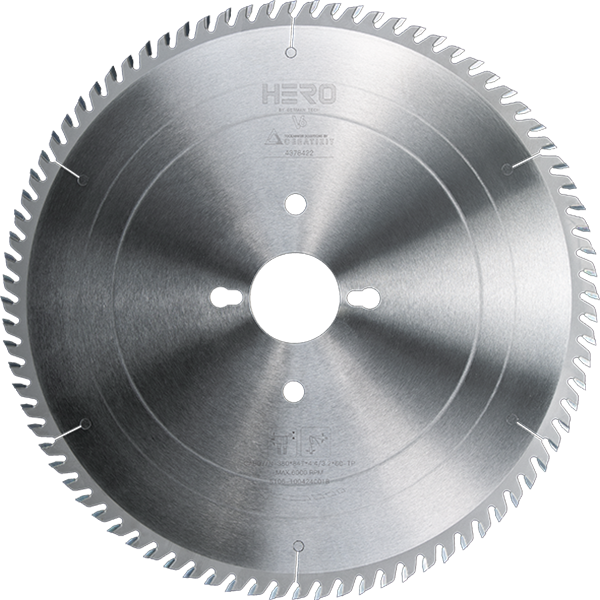 Cold Saw for Metal
Cold Saw for Metal Cold Saw Blade for Ferrous Metal
Cold Saw Blade for Ferrous Metal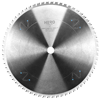 Dry Cut Saw Blade for Ferrous Metal
Dry Cut Saw Blade for Ferrous Metal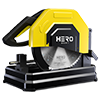 Cold Saw Machine
Cold Saw Machine Drill Bits
Drill Bits Dowel Drill Bits
Dowel Drill Bits Through Drill Bits
Through Drill Bits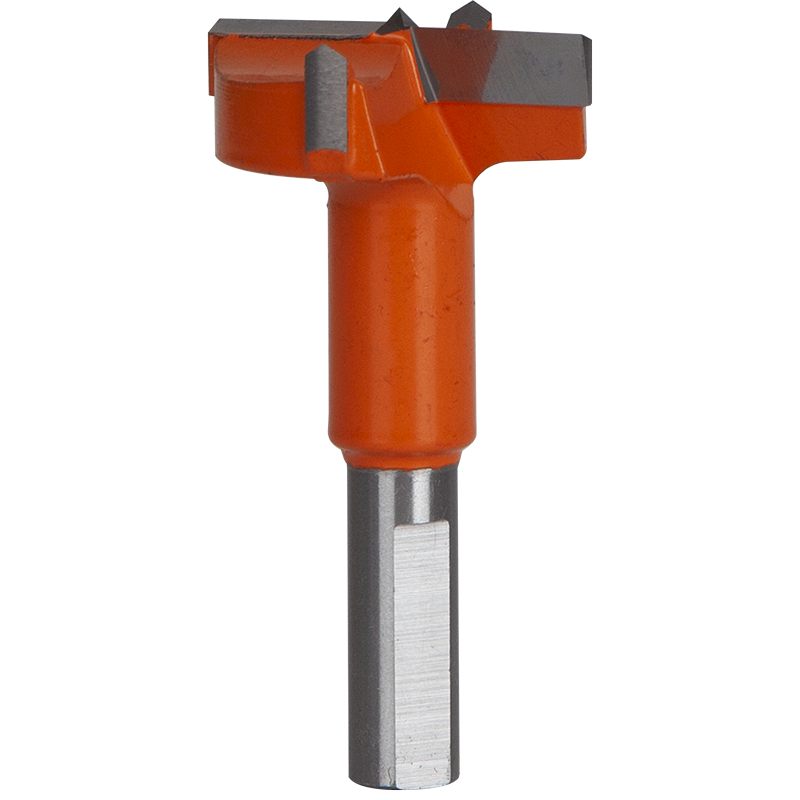 Hinge Drill Bits
Hinge Drill Bits TCT Step Drill Bits
TCT Step Drill Bits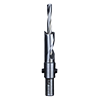 HSS Drill Bits/ Mortise Bits
HSS Drill Bits/ Mortise Bits Router Bits
Router Bits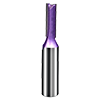 Straight Bits
Straight Bits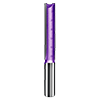 Longer Straight Bits
Longer Straight Bits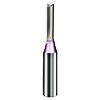 TCT Straight Bits
TCT Straight Bits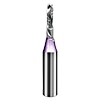 M16 Straight Bits
M16 Straight Bits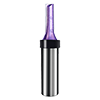 TCT X Straight Bits
TCT X Straight Bits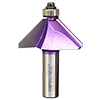 45 Degree Chamfer Bit
45 Degree Chamfer Bit Carving Bit
Carving Bit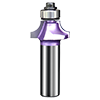 Corner Round Bit
Corner Round Bit PCD Router Bits
PCD Router Bits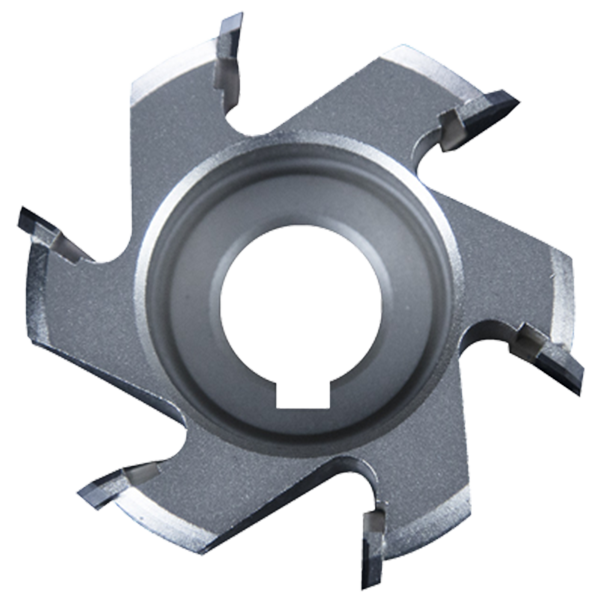 Edge Banding Tools
Edge Banding Tools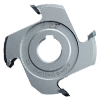 TCT Fine Trimming Cutter
TCT Fine Trimming Cutter TCT Pre Milling Cutter
TCT Pre Milling Cutter Edge Bander Saw
Edge Bander Saw PCD Fine Trimming Cutter
PCD Fine Trimming Cutter PCD Pre Milling Cutter
PCD Pre Milling Cutter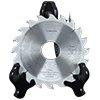 PCD Edge Bander Saw
PCD Edge Bander Saw Other Tools & Accessories
Other Tools & Accessories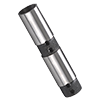 Drill Adapters
Drill Adapters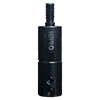 Drill Chucks
Drill Chucks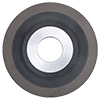 Diamond Sand Wheel
Diamond Sand Wheel Planer Knives
Planer Knives
